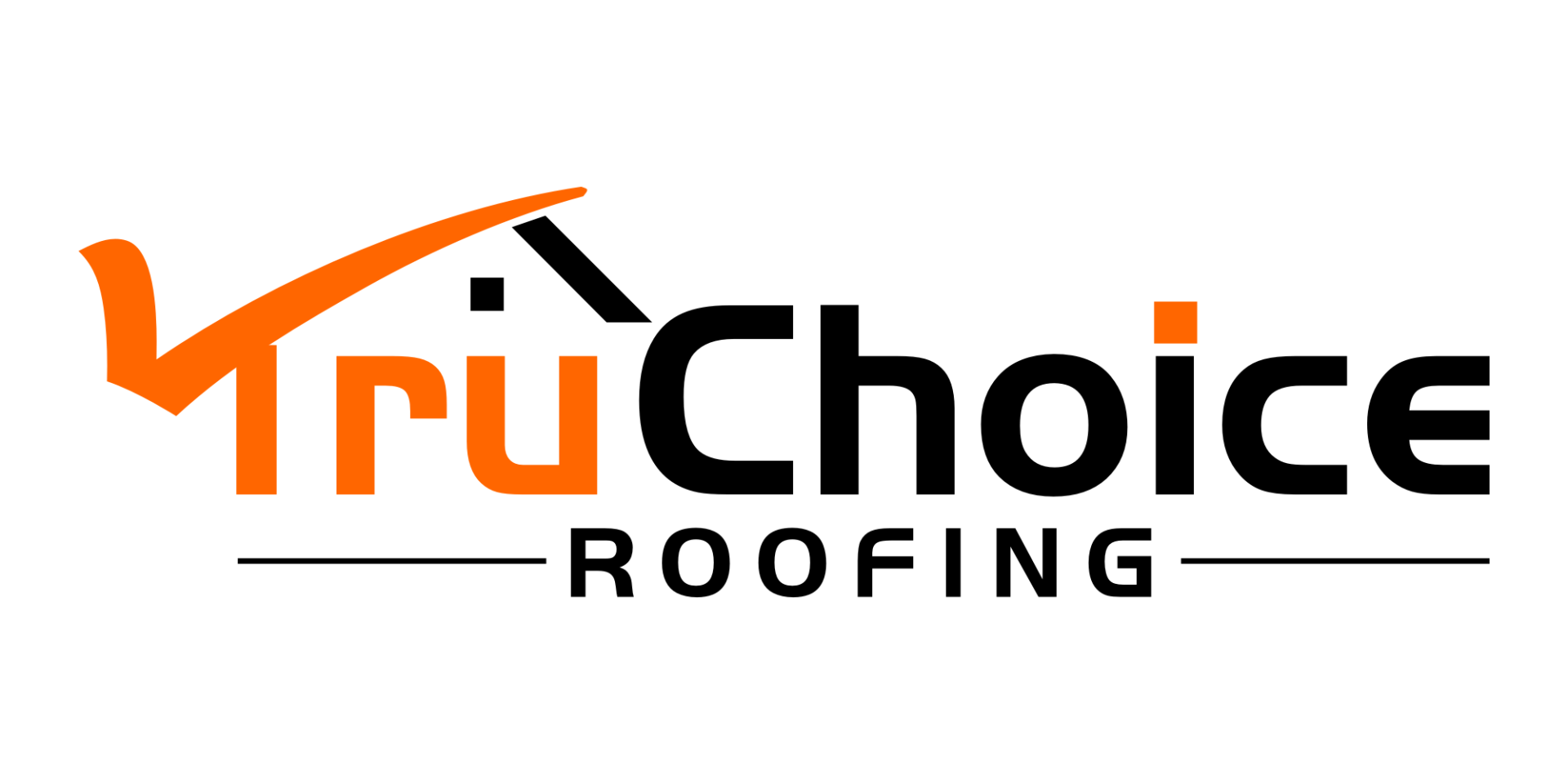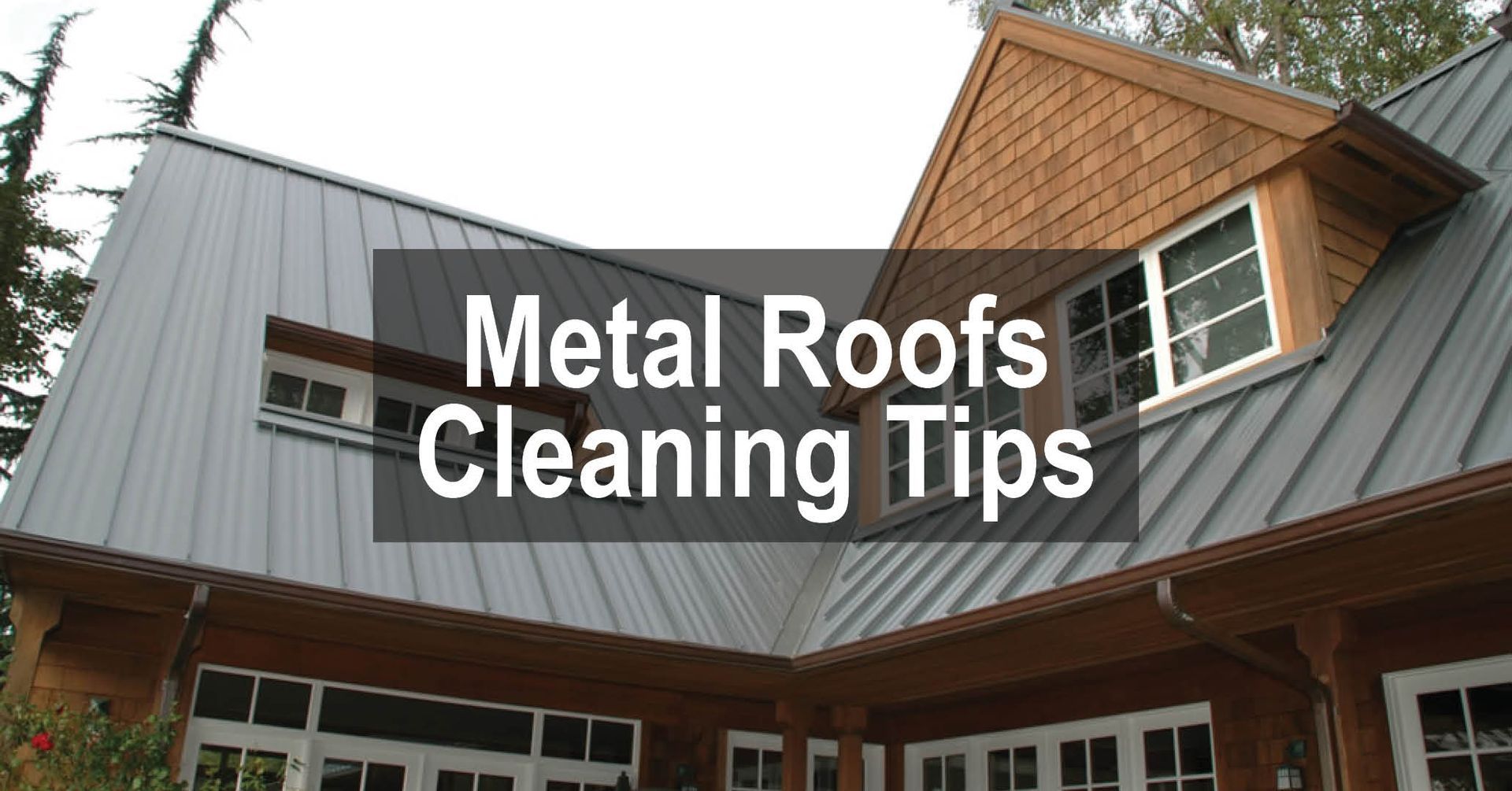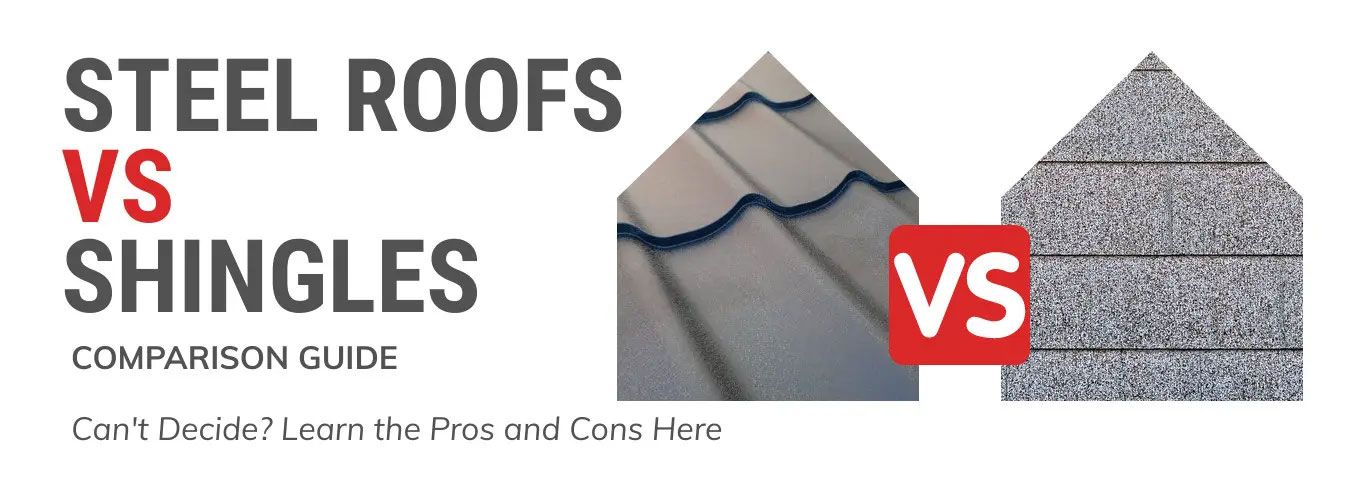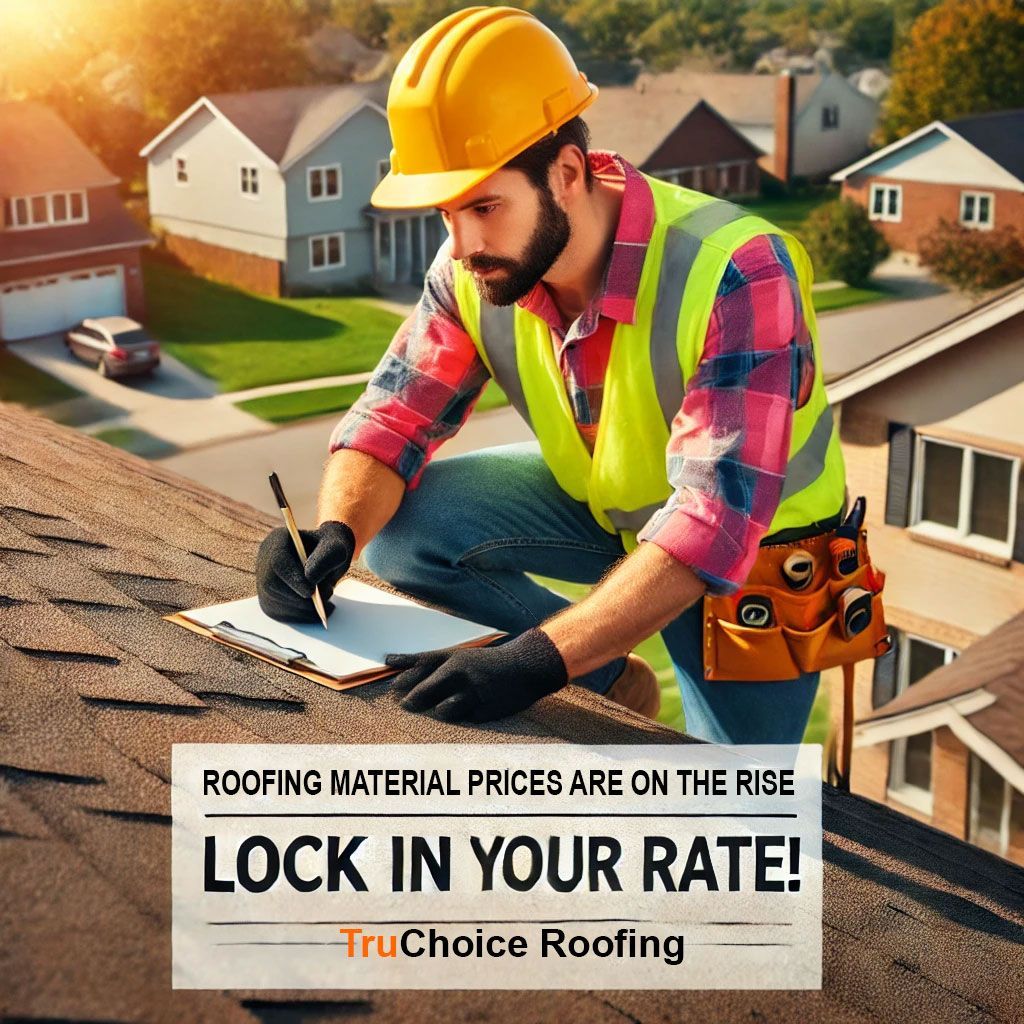How Long Do Metal Roofs Last? Expert Insights Revealed
How long do metal roofs last? Many homeowners and businesses wonder if metal roofing is worth the investment. With a lifespan of 40 to 70 years, metal roofs often outlast traditional options like asphalt shingles, which typically last only 20 to 30 years.
This durability makes them a popular choice for those seeking long-term solutions. Today we're taking a closer look into the factors that influence the lifespan of metal roofs, why they outperform other materials, and how proper maintenance can make them even longer-lasting.
Lifespan of Metal Roofs
The type of metal plays a major role in how long a roof lasts.
Aluminum and steel are popular choices because they are durable and cost-effective.
Aluminum resists corrosion, making it a good option in coastal areas, while steel is known for its strength and versatility. Copper, on the other hand, is more expensive but can last well over 70 years with proper care. The choice of material depends on budget, location, and desired longevity.
Proper installation is key to maximizing a metal roof's lifespan. Professional installers ensure that panels are securely fastened and that seams are sealed correctly to prevent leaks.
Improper installation can lead to issues such as water damage, reduced energy efficiency, and premature aging. Selecting a reliable contractor with experience in metal roofing can help prevent these problems and ensure long-term durability.
The environment has a significant impact on how long metal roofs last. Harsh weather, such as heavy snow or high winds, can wear down materials over time.
Regular maintenance helps combat these effects. Cleaning debris, checking for loose screws, and addressing minor damage promptly can make a big difference. With consistent care, most metal roofs can easily last between 40 and 70 years, and some may exceed this range.
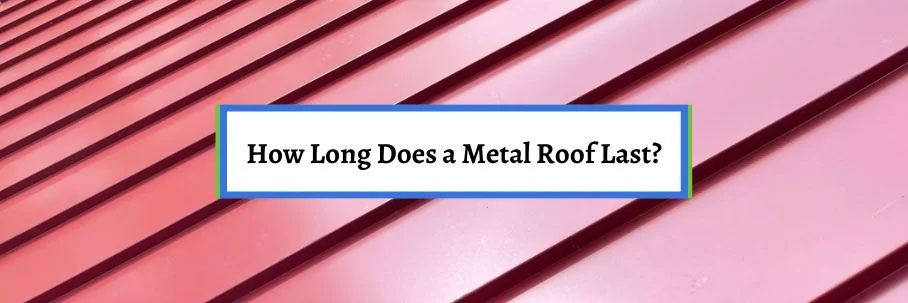
Why Metal Roofs Last Longer Than Traditional Roofs
Metal roofs stand out for their durability and longevity when compared to traditional roofing materials. The advantage stems from their ability to resist common problems that shorten the life of other roofing types. There are three primary reasons why metal roofs last longer:
- Their resistance to weather
- Protection against pests
- Their fireproof nature
Resistance to Weather
Metal roofs are designed to withstand extreme weather conditions, making them an excellent choice in areas prone to harsh climates. They are highly resistant to strong winds, heavy snowfall, and rain.
Unlike asphalt shingles, which can crack or warp under intense heat, metal roofing holds its shape and integrity even in high temperatures. Coatings applied to metal roofs can also reflect sunlight, reducing heat absorption and helping to maintain durability over time.
Protection Against Pests
Another key reason metal roofs outlast other materials is their ability to keep pests at bay. Materials like wood can attract termites or other insects that compromise the roof's structure.
Metal, being a non-organic material, eliminates this issue entirely. Rodents and birds are also less likely to cause damage, as they cannot chew through or nest in metal panels.
Fireproof Nature
Metal roofs provide unmatched fire resistance. This feature is especially important in areas prone to wildfires or where fire safety is a concern. Unlike wood or asphalt, metal does not burn or ignite, which not only extends the roof's lifespan but also adds a layer of safety to the building.
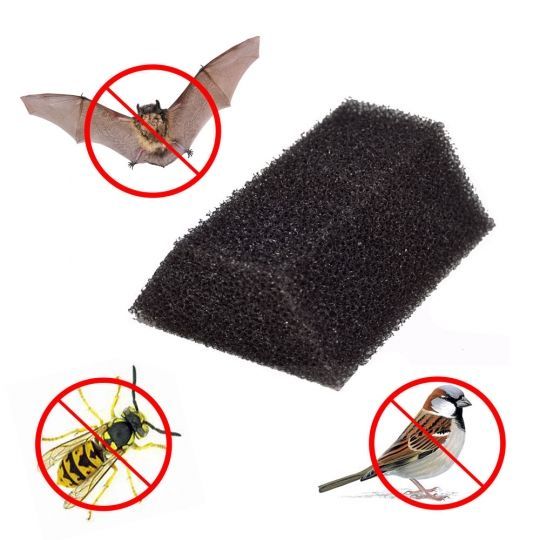
Other Metal Roofing Benefits
Metal roofs offer more than just a long lifespan. Their durability is only part of what makes them an attractive option for homeowners and businesses. Three key benefits include:
- Energy efficiency
- Sustainability
- Cost-effectiveness over time
Energy Efficiency
Metal roofs can help reduce energy costs by reflecting sunlight and reducing heat absorption. Many metal roofs come with reflective coatings or finishes that keep buildings cooler in the summer.
The feature lessens the strain on air conditioning systems, leading to lower energy bills. Their ability to maintain consistent indoor temperatures also makes them a smart choice for regions with extreme weather.
Sustainability
Metal roofs are one of the most eco-friendly roofing options available. They are often made from recycled materials and can be fully recycled at the end of their lifespan.
Unlike asphalt shingles, which contribute to landfill waste, metal roofs reduce environmental impact. It makes them a sustainable choice for those looking to minimize their carbon footprint.
Cost-Effectiveness Over Time
While the upfront cost of a metal roof is higher than some alternatives, the long-term savings are significant. Metal roofs require less maintenance and fewer repairs than materials like asphalt.
Their extended lifespan also means replacement costs are spread out over decades. Their durability, combined with energy savings, makes metal roofs a cost-effective option in the long run.
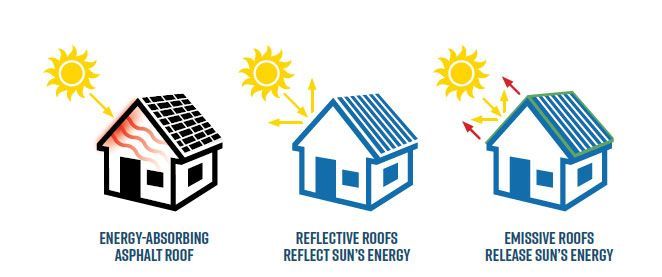
How Long Do Metal Roofs Last? Key Insights from Experts
How long do metal roofs last? It's one of the most common questions from homeowners and businesses considering this material. The lifespan of a metal roof is typically between 40 and 70 years, but this can vary depending on a few key factors.
These include the type of metal, installation quality, and ongoing maintenance. Experts agree that with the right approach, metal roofs can often exceed these expectations.
Aluminum, steel, and copper are the most frequently used metals for roofing. Aluminum is lightweight and resistant to rust, making it ideal for coastal or humid regions.
Steel, especially when galvanized, offers incredible strength and durability at a lower cost. Copper is the premium option, known for its aesthetic appeal and ability to last over a century when properly maintained. Each material has unique characteristics, but all can deliver decades of performance if installed and cared for correctly.
The importance of installation quality cannot be overstated. Professional installation ensures that the roof's structural integrity is maintained and that all components, from panels to fasteners, are properly secured.
Poor installation can lead to water leaks, rust, or gaps that shorten the roof's life. Experts advise working with contractors who specialize in metal roofing to avoid these risks.
Maintenance is another critical factor. Even though metal roofs are low-maintenance, they still benefit from periodic inspections and cleaning. Addressing minor issues, like loose screws or small dents, can prevent larger problems. Properly maintained metal roofs often last beyond the typical lifespan range, giving property owners peace of mind for decades.
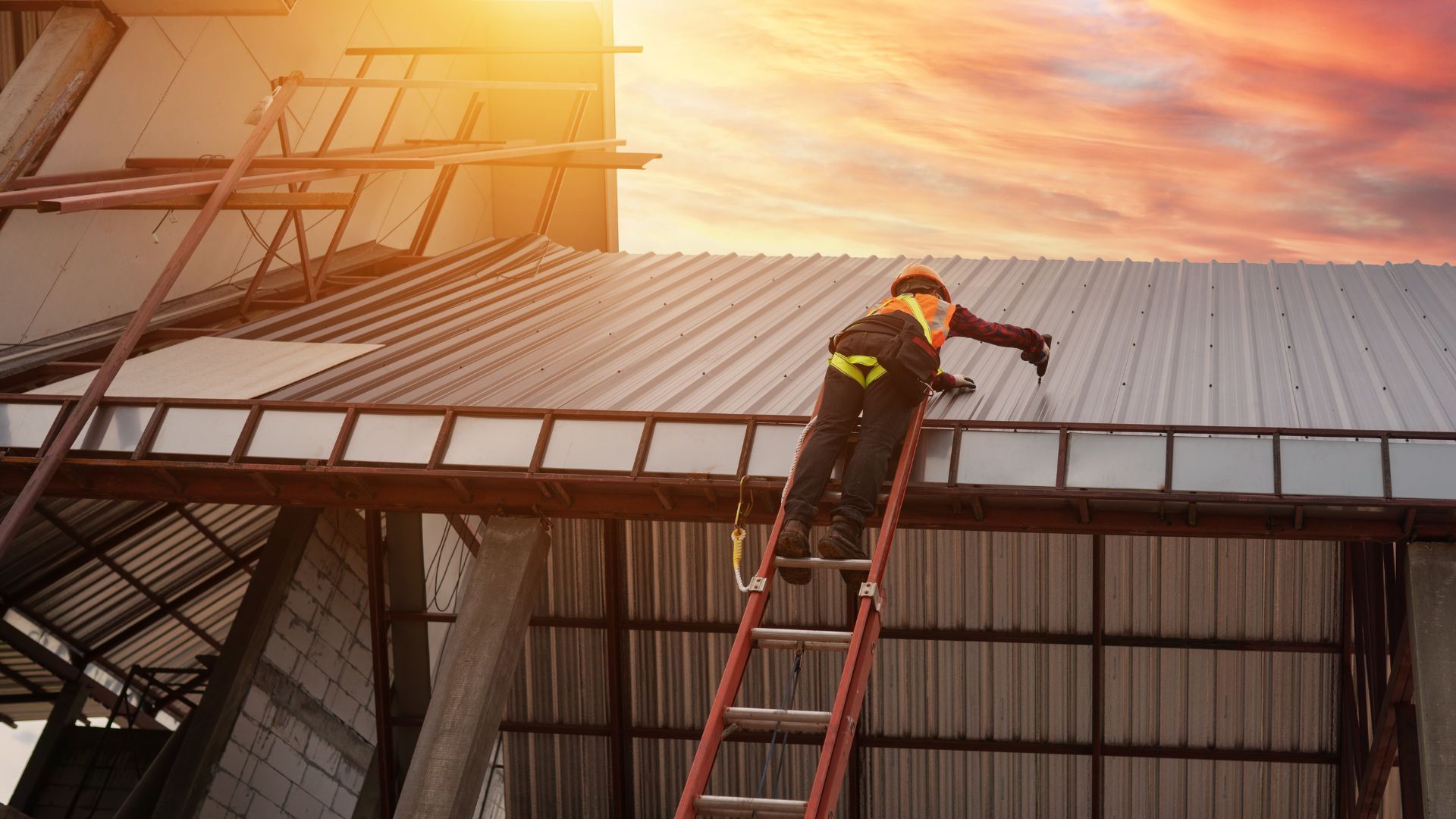
Metal Roof Maintenance Tips to Maximize Lifespan
Proper maintenance plays a big role in extending the lifespan of a metal roof. While metal roofs are known for their durability, regular care helps prevent minor issues from turning into larger problems. There are three core aspects of metal roof maintenance:
- Routine inspections
- Cleaning
- Addressing minor repairs promptly
Routine Inspections
Scheduling regular inspections is one of the easiest ways to keep a metal roof in good shape. Inspections should focus on identifying loose screws, damaged panels, or areas where fasteners may have shifted.
Pay special attention to the edges and seams, as these areas are more vulnerable to wear. Inspecting the roof after severe weather is also a good idea to catch any potential issues early.
Cleaning the Roof
Debris like leaves and branches can trap moisture against the roof, leading to potential corrosion or staining over time. Regularly clearing off this debris prevents these issues.
For roofs in areas with high humidity, cleaning off any moss or algae growth is also important. A soft-bristle brush and gentle detergent can be used to avoid scratching the metal panels.
Addressing Repairs Promptly
Small dents or scratches can occur over the years, particularly in areas with hail or falling debris. Addressing these imperfections as soon as they're noticed helps prevent long-term damage.
For example, a scratch in the paint may expose the metal underneath, which could lead to rust if not treated. Touch-up paint or sealants can quickly resolve these minor issues.
Roof Durability Comparison
Asphalt shingles are the most popular roofing material due to their affordability and ease of installation. However, their lifespan is much shorter, typically lasting 20 to 30 years.
They are also more susceptible to damage from severe weather, such as high winds or hail. In comparison, metal roofs last up to three times longer and require far less maintenance over their lifespan.
Wood shakes offer a natural and rustic appearance that appeals to certain homeowners. While visually appealing, they have a much shorter lifespan than metal and are highly vulnerable to pests, mold, and rot. Maintenance costs for wood shakes can add up quickly, making them less practical in the long run.
Clay tiles are known for their longevity, often lasting as long as metal roofs, but they come with significant drawbacks. Clay is heavy, requiring reinforced roof structures to support its weight, which adds to the overall cost.
Tiles are also fragile, cracking under heavy impacts or shifting weight. Metal roofs are lighter, more durable, and easier to install.
Discover Long-Lasting Roofing Solutions
So, how long do metal roofs last? With lifespans ranging from 40 to 70 years or more, they provide durability, energy efficiency, and cost-effectiveness unmatched by traditional materials.
At TruChoice Roofing, we provide top-notch roofing and gutter services in Fort Wayne, ensuring your home stays protected. From repairs to complete installations, we offer durable, stylish solutions tailored to your needs. Our metal roofing options are low-maintenance, energy-efficient, and built to last up to 50 years, enhancing your home's value and performance.
Get in touch today to find out how we can help with your roofing needs!

Get a Quote Today!
Blog Contact Form
We will get back to you as soon as possible
Please try again later
You might also like
Quick & Reliable
Servicing Fort Wayne and surrounding areas.
Location
112 Lincoln Highway W.
New Haven, IN 46774
Info@truchoiceroofing.com
Call
260-222-8812
All Rights Reserved | TruChoice Roofing
